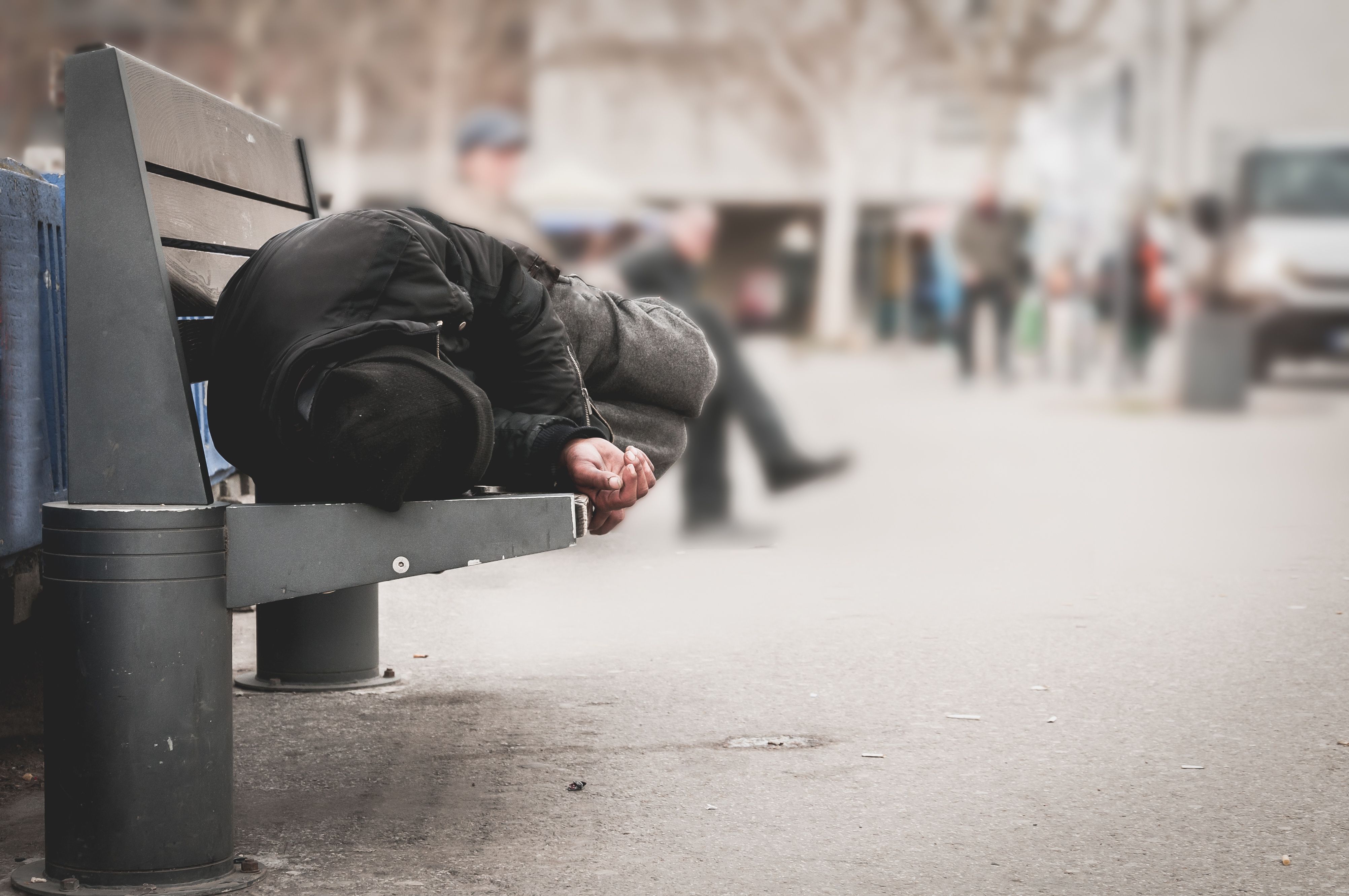
Article
Study: Promoting Housing Stability Can Support HIV Care, Viral Suppression
Author(s):
Structural inequalities that contribute to HIV acquisition are known to also contribute to housing stability, and this was apparent in findings regarding race and ethnicity.
Programs promoting housing stability and preventing homelessness can play a significant role in supporting HIV care and viral suppression, according to the findings of a recent study published in PLOS One.
Credit: Srdjan - stock.adobe.com

HIV diagnosis and prevalence rates are disproportionately high among individuals with low income or unstable housing. Homeless individuals and those with unstable housing who are living with HIV are also generally less likely than individuals with stable housing to be engaged in HIV-related medical care and to achieve and maintain HIV viral suppression, according to the study. Engaging in such care allows for medical monitoring and counseling, as well as prescribing of essential HIV medications.
Federal and state responses to HIV typically reflect the importance of housing. For example, the US National HIV/AIDS Strategy set a goal of reducing the percentage of individuals in HIV medical care who experience homelessness to no more than 5%, from a baseline in 2010 of 7.7%. Unfortunately, in 2014, that figure stood at 9%.
In the new study, investigators used multiple data sources reported to the NYC Department of Health and Mental Hygiene by April 2019 to collect information about HIV and receipt of housing services during 2018. Data from 5 housing programs were linked to the NYC HIV surveillance registry, which provided data related to HIV diagnosis, viral status, place of residence, demographics, and laboratory test results.
After classifying individuals according to receipt of housing assistance and homelessness, researchers defined 3 exposure groups for analyses: individuals with HIV experiencing homelessness; individuals with HIV receiving housing assistance and not experiencing homelessness; and individuals with HIV neither receiving housing assistance nor experiencing homelessness. The definition of homelessness included street homelessness, individuals or families living in public or private shelters, as well as hotels and motels paid for by charitable organizations or government programs.
During 2018, there were 84,053 individuals living with HIV in New York City, 38% of whom were found to be receiving housing assistance without homelessness. There were 6567 individuals with HIV in New York City experiencing homelessness that year, accounting for 8% of all individuals with HIV, 6% of those with HIV receiving care, and 17% of persons receiving some form of housing assistance. The remaining 55% of individuals with HIV were neither receiving housing assistance nor experiencing homelessness in 2018.
Structural inequalities that contribute to HIV acquisition are known to also contribute to housing stability, and this was apparent in findings regarding race and ethnicity. Individuals receiving housing assistance and not experiencing homelessness were more likely to be cisgender women and diagnosed by the year 2000. However, individuals receiving housing assistance regardless of homelessness status were more likely to be Black or Latino and to be individuals who inject drugs.
Of the 38,095 individuals receiving housing assistance, 95% were engaged in care, 81% remained in care, 78% virally suppressed, and 64% durably suppressed. Care and suppression rates were lowest among the subset who experienced homelessness.
Based on these findings, the investigators concluded that housing needs are widespread among individuals living with HIV in New York City, and individuals with HIV who are experiencing homelessness have worse HIV care and suppression outcomes. With 8% of individuals with HIV in the city experiencing homelessness, the goal of less than 5% is not being met, nor is the 2015 New York State recommendation to “ensure access to stable housing” for individuals with HIV.
REFERENCE
Wiewel EW, Zhong Y, Xia Q, Beattie CM, Brown PA, Farquhar PX, Rojas JF. Homelessness and housing assistance among persons with HIV, and associations with HIV care and viral suppression, New York City 2018. PLOS One. 2023. doi:10.1371/journal.pone.0285765
Newsletter
Stay informed on drug updates, treatment guidelines, and pharmacy practice trends—subscribe to Pharmacy Times for weekly clinical insights.
2 Commerce Drive
Cranbury, NJ 08512
All rights reserved.





